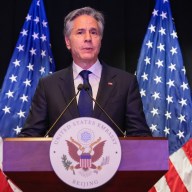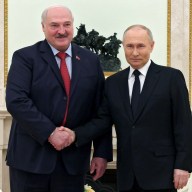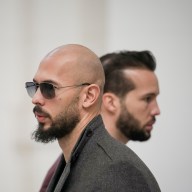Over the last few years, ROTC programs have begun to return to elite universities including Harvard, Columbia, Stanford and Yale. It’s the latest development in a century-long struggle between university and military culture in the United States.
Next month, Cambridge University Press will release the first comprehensive analysis of this fraught, ever-evolving relationship: “Arms and the University: Military Presence and the Civic Education of Non-Military Students,” by Donald Alexander Downs and Ilia Murtazashvili.
In 14 chapters, the book traces ROTC history from the program’s meager beginnings in 1916 to its banishment from campuses in the ’60s and from the “don’t ask, don’t tell” controversy to ROTC’s return to the Ivy League. Along the way, Downs and Murtazashvili argue for a more substantive military presence on all U.S. campuses.
“It’s not a left-right issue in the end. Bringing the ROTC back was originally kind of a right-wing issue, led by conservative groups on campus,” says Downs, a professor of political science, law and journalism at the University of Wisconsin. “But after 9/11, people on the left started agreeing that there is something to this argument of equal recognition for military students — civic equality, and broadening the university’s mind to this reality.”
Closing the gap
After authoring “Arms and the University,” Downs is pleased to see ROTC programs returning to revered institutions — but dismayed by the growing gap between privileged universities and the military.
“America has the most prominent position in the world, and the military helps secure that. There’s just something wrong when members of the elite don’t contribute in a direct way to that, because they’re the ones that get the most privilege out of the system,” he says.
















